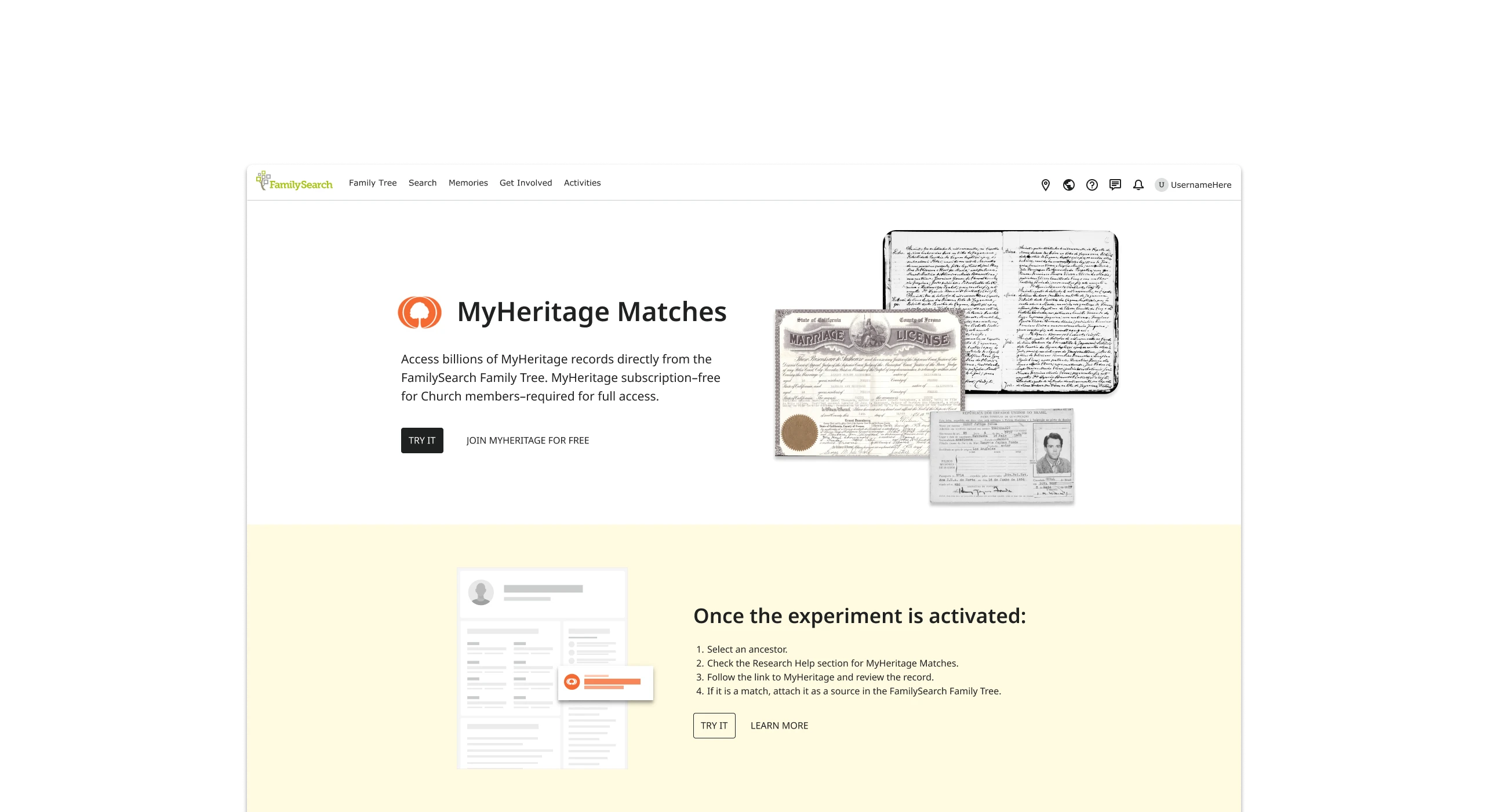Role
Timeline
Team
End Product
Summary
During this project, I…
Designed a new dashboard experience for third-party developers
Conducted usability testing for the dashboard flow + associated pages
Collaborated with developers, PMs, and designers within a product trip in an agile/scrum framework
Problem
The developer program had a 93% churn rate
The FamilySearch developer program experience consisted of disconnected web pages, confusing documentation, and a slow approval process. This resulted in a high churn rate and hours of wasted time for both FamilySearch team members and third-party developers. There was also precedence of non-developers accidentally making accounts, leading to more frustration.
To make this experience better, my team and I researched, designed, and iterated until we found a solution that significantly improved the churn rate and customer satisfaction.
Desired outcome
Process
Crash course in developing with APIs
To fully understand this project, I had to learn to think like a developer. I spent a couple weeks familiarizing myself with the process & terminology.
We also examined developer sites for other business, evaluating what features we might be missing and to evaluate what needs we could be missing. Finally, I coordinated frequent meetings with my PM (a former developer) to learn more about the ins-and-outs of the developer experience.
Also, my team and myself conducted interviews with developers who had experience navigating our current flow. We discovered that…

1.
2.
3.
What do the users want? (Usability testing)
I tested a rough wireframe with backend developers and to learn what improvements could be made.
Confusion during the onboarding process & unmet expectations
Developers were unsure when they could start building an integration
Unfamiliar vocabulary & processes
Getting feedback from designers helped me improve usability
I had gotten stuck in a rut. During testing, developers could eventually complete the task but not without some confusion. My design didn’t make sense, but developers struggled to articulate why. This is when it became vital to get feedback from other designers within FamilySearch. New perspectives helped me jumpstart a more user-friendly design.
Before getting feedback, it looked like this….
Lesson learned
Testing revealed that I had incorrect assumptions, but more testing wasn't the answer. Working with other designers helped me get other perspectives and redesign, making the site more suited to user needs.
I redesigned the flow and used continuous testing to improve
Previous iterations & research were vital to the dashboard redesign. The updated wireframe better fit user needs; instead of going through each step in order, the new design allowed the developer to navigate through information as needed.
I returned to iterating & testing to validate my design changes
To ensure my updated design was more focused & aligned with the company needs, I spent time doing the following…

1.
Whiteboarding so I could account for any potential edge cases in the user flow.
2.
Updating the wireframe with Zion UI components & match the FamilySearch design system.
3.
Meeting with UX writers to correlate all visible text & establish correct tone/voice.
4.
Continuously interviewed developers with each design iteration to make sure I was on the right track.
Simplifying the features of the portal made our users much happier
Until this point, I had worked on this design largely on my own. After my team’s senior designer returned, we worked to get rid of a few small tension points. Mainly, my team's senior designer helped me understand how we could simplify even further. We made the following changes:
1.
An integration’s settings & review details were not needed for all users, so we hid those options until a user was ready.
2.
A developer's integration list was moved to its own page, allowing resource links to be moved to a more accessible location.
Testing results
During the final round of testing, 100% of the users were able to finish the flow without error (up from only ~20%).
Results
The final design increased customer satisfaction
While the features didn't change much from early iterations, the organization was incredibly simplified by the end of the project. By focusing on progressive disclosure, I was able to design the many complicated steps of the developer journey into easily digestible chunks. All developers and stakeholders were pleased with the results.
Reflection
Lessons learned
Taking time to do thorough research & understand the user is vital to ensuring a quality product.
Get feedback early & often to prevent unnecessary backpedaling. Collaboration is key to success.
It's easier to add features to a simplified design than to pare down a bulky design; start simple.











